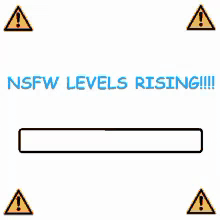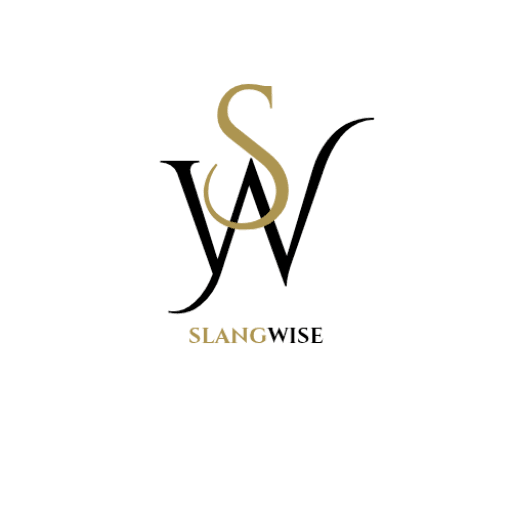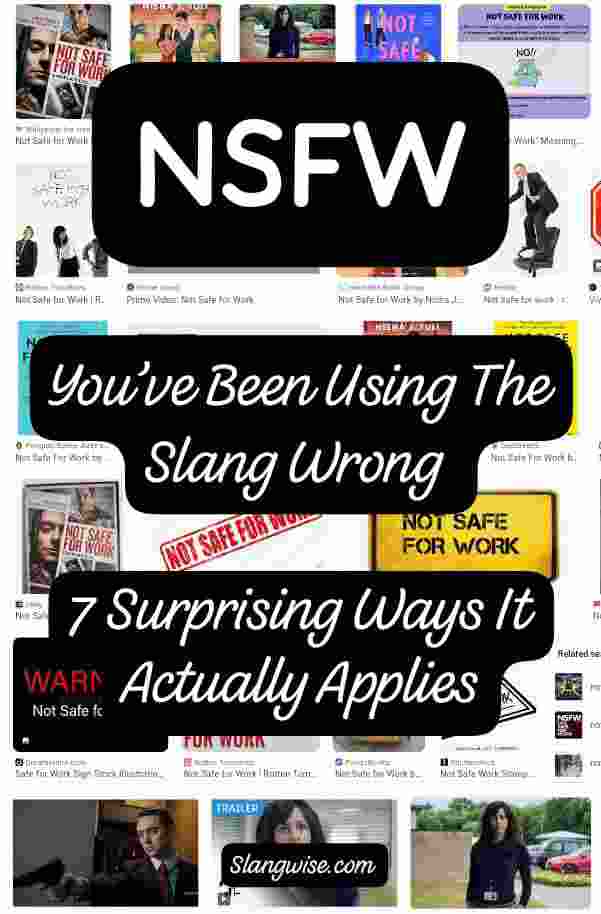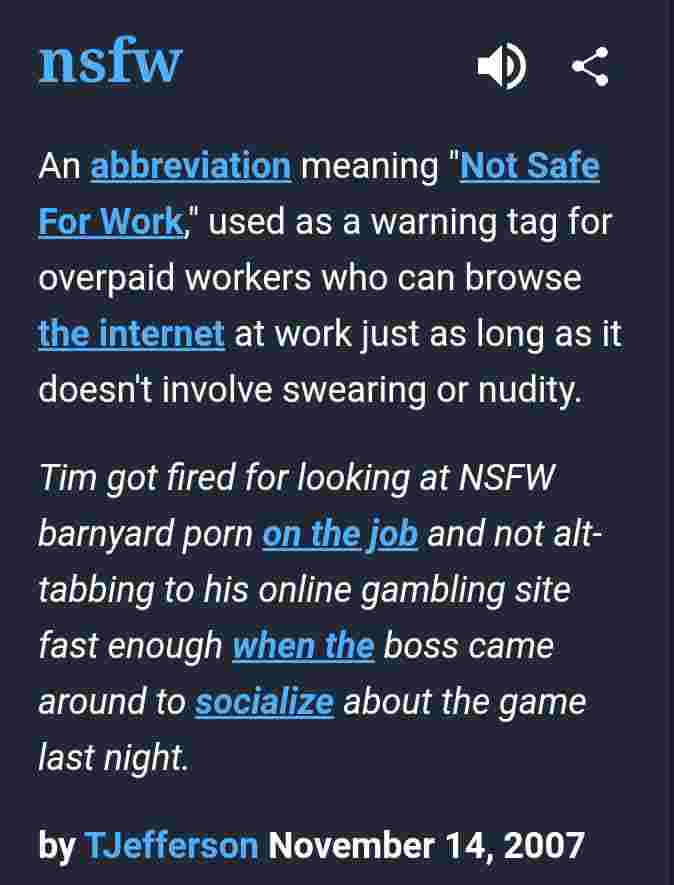NSFW is one of those online tags that feels obvious until it doesn’t. Most people think NSFW only flags sexual images, but the real-world use is wider, messier, and sometimes surprising.
This post pulls back the curtain on seven situations where NSFW is the right label, even though many people wouldn’t expect it. Read this and next time the tag will feel a lot smarter, not lazy.
Table of Contents
Quickly: what NSFW means
NSFW stands for Not Safe For Work. At its heart it’s a courtesy: a short warning that whatever follows might be uncomfortable, embarrassing, or inappropriate to open in a public or professional setting.
I have covered NSFW Meaning deeply in my last post. Click here to know What NSFW really mean in every sense of it and why people use it.
Now, onto the surprises.
7 Surprising Ways to Use NSFW Content

1) Graphic news footage: not just “adult” content
When a breaking news clip shows graphic injuries, gore, or disturbing scenes, many people hesitate to label it NSFW. Yet this is exactly the kind of content that deserves the tag.
The label protects people who are in shared spaces, or who have trauma triggers. Calling a violent news video NSFW doesn’t censor it; it gives viewers a choice.
Example: a live-streamed accident scene or an unedited clip from a conflict zone. Those should carry an NSFW warning before autoplaying in a timeline.
2) Medical images and educational material
Medical photos, surgical footage, and certain public-health imagery are educational, but they can still be shocking if someone opens them at work or in a coffee shop. Medical students know this, but the general public often does not.
Tagging such content NSFW is courteous and professional. It signals that the content is serious and may require privacy to view. This is especially important when posting on platforms with mixed audiences where minors or sensitive viewers may be present.
3) Extremely offensive language or hate speech used within context
Content that contains slurs, severe harassment, or hate speech, even when used for critique or reporting; can make a workplace feel hostile if viewed in public. NSFW can serve as a content warning in these cases.
Example: Screenshot of a public figure’s tirade containing repeated slurs. The post may be newsworthy, but it’s still not safe to open in many settings. A clear NSFW tag lets people choose when and where to engage.
Yes, NSFW Content could bad for children, here are other 14 bad internet slangs parents should caution their children from saying.
4) Highly graphic art, surreal or uncanny imagery
Art that’s unsettling; think extreme body horror, intense surrealism, or visually disturbing installations, sometimes slips under the radar because it’s “art.” But unsettling visuals can still provoke strong reactions.
If the goal is to respect the audience’s comfort, an NSFW label before particularly jarring art pieces is fair play. It prevents accidental shocks and signals that the content is intense, not merely edgy.
5) Intense personal confessions or trauma narratives
Some plain-text posts can be deeply distressing. First-person accounts of assault, severe abuse, or violent accidents are important to share, but they can be triggering. NSFW isn’t only for images and videos, it’s a courtesy for heavy textual content too.
Marking a raw personal confession with NSFW or “TW” (trigger warning) gives readers control. It’s a small act of respect that keeps online spaces safer for survivors and sensitive readers.
6) Self-harm content and instructions
Posts that describe or show self-harm methods, suicide attempts, or instructions can be deeply triggering and potentially dangerous.
Even when the intent is to raise awareness or share a recovery story, labeling the content NSFW (and adding a clear trigger warning) helps protect vulnerable readers and signals that the post may require cautions or support resources.
Platforms often have specific reporting and help resources for this kind of content; including links to support services or hotlines where appropriate is best practice.
7) Personal data, doxxing, and sensitive financial information
Any post exposing private details; home addresses, ID numbers, financial account info, or screenshots with personal identifiers, should be treated as NSFW at minimum and often removed entirely.
Exposure of this kind can lead to real-world harm, harassment, or financial loss. Tagging such posts warns viewers and gives them a chance to avoid sharing or saving sensitive material.
When possible, redact identifying details before sharing and add a brief content note explaining what was redacted and why.
When to use NSFW: practical rules
- If someone could be embarrassed opening this at work, tag it. That’s the simplest litmus test.
- If the content could cause emotional harm, tag it. Graphic violence, traumatic accounts, and sexual content fall here.
- Add context when helpful. “NSFW — graphic medical images” is better than a lone tag.
- Respect platform rules. An NSFW label doesn’t override moderation policies; check the site’s rules before posting.
Why people get NSFW wrong
Two reasons explain the confusion. First, social media culture flattened the tag into “any adult-ish thing,” and overuse diluted its meaning. Second, many people limit “unsafe” to sexual content only, forgetting how broad “embarrassing,” “disturbing,” or “inappropriate for work” can be.
This is why a clearer approach to labeling helps: think about the person opening the content in a shared space, not about how edgy or legal the content is.
Quick checklist before posting (use this often)
- Could someone be shocked or embarrassed opening this at work? → Tag NSFW.
- Is the material graphic, violent, or likely to trigger trauma? → Tag NSFW and consider TW.
- Is this content allowed by the platform? → Review rules before posting.
- Can a short clarifying note help? → Add it: “NSFW — graphic images” or “NSFW — strong language.”
Final Note
Language online shifts fast. Tags like NSFW started as simple workplace etiquette and have evolved into a broader tool for protecting audiences.
A thoughtful label keeps conversation open and respectful while letting important content circulate. Use the warning deliberately, it shows awareness and maturity in digital spaces.
I track these shifts closely and recommend using NSFW more precisely, rather than less. It makes the internet a little kinder, one post at a time.


